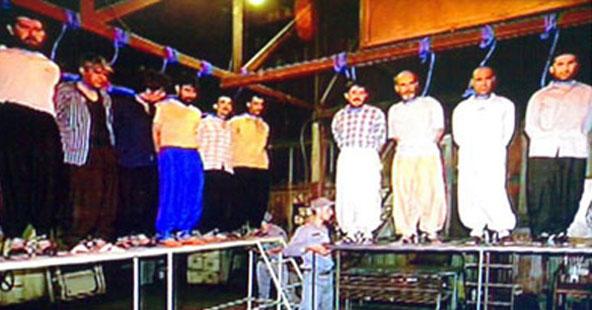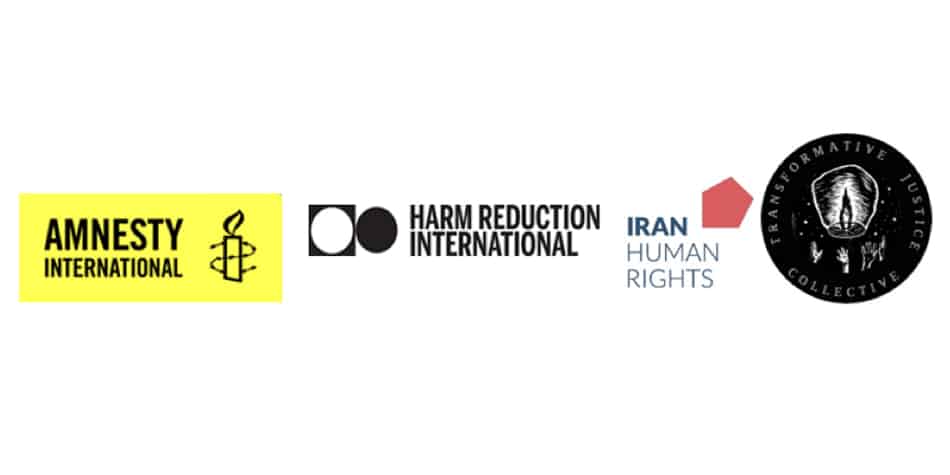Clever use of online tools could boost activism
Advocacy
She recently launched TheOptimismClub.com. “The Optimism Club was born on December 29th 2009, in the early hours of the morning, as a group of loosely-connected people across Twitter and Facebook did what they could to raise awareness of the plight and impending execution of Akmal Shaikh, a Briton suspected of being mentally ill who was duped into trafficking drugs into China,” she writes on the website, which is open to written contributions from the public.
Brown’s initiative illustrates the potential online communication tools can unleash to bring together who oppose the death penalty. She summarizes her approach in a few words: “I had a blog and I said: ‘I must do something.’”
She took part in the World Congress workshop on online abolition strategies, where panelists had similar stories to tell.
Chinese writer and blogger Yang Henjun said he wrote a blog post about the Congress four days ago. “200,000 people read it and 2,000 sent messages asking me to tell them what is happening here,” he said. In countries where mainstream channels of communications are blocked by censorship, blogs and other forms of informal online information exchange appear as an alternative to deliver the abolitionist message.
While discussing the issue with the audience, Yang posted Twitter updates from his laptop computer.
Simon Shepherd, the founder of the British NGO Death Watch International, presented a newly launched web project that aims to help individual activists connect with each other and with organizations.
“If you’re sitting in Dakar and oppose the death penalty, how do you contact like-minded people?” he asked. With the Death Penalty Action Network, he hopes to make the answer easier to find and to help the abolitionist movement tap into a hidden reserve of activists.







